Headphones
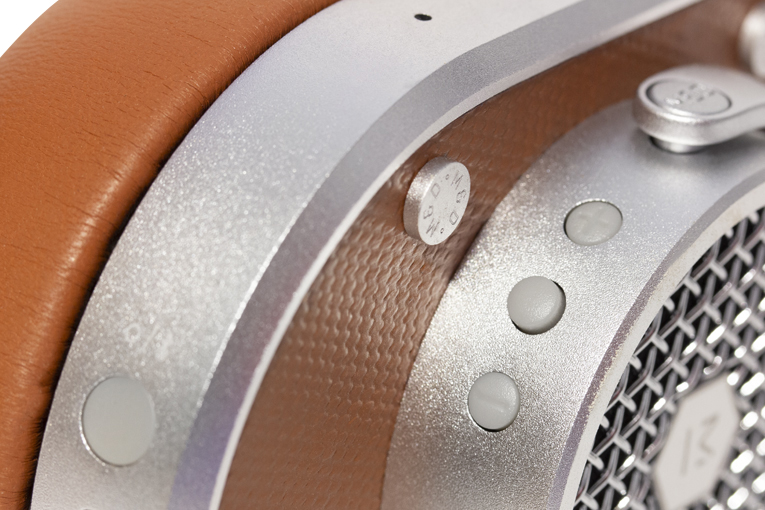
- Details
- Written by: Brent Butterworth
Sound: 









Value: 









(Read about our ratings)
Measurements can be found by clicking this link.
The Master & Dynamic MH40s bring me back to 2014—a very different era in headphone history. Beats by Dre was at the zenith of its popularity, and it seemed every new brand sought to copy Beats’ original formula of fashion-forward looks and bass-heavy sound. So when I saw the retro/steampunk design of the first Master & Dynamic headphones, I assumed they would suck. But they turned out to be among the best in their price range at the time. I feel remiss in never having reviewed the brand’s more recent products for SoundStage! Solo, but better late than never.
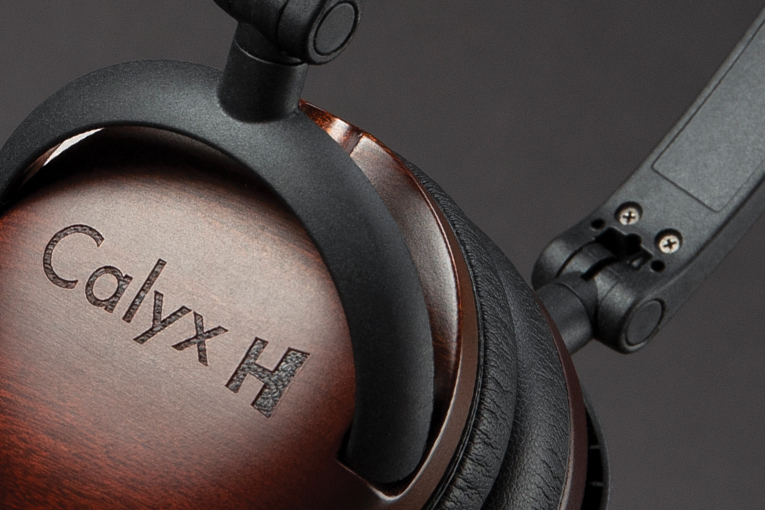
- Details
- Written by: Brent Butterworth
Sound: 









Value: 









(Read about our ratings)
Measurements can be found by clicking this link.
It seems like a new—or at least unfamiliar to me—headphone brand pops up daily in my Facebook feed. A lot of them pitch me headphones to review, but most of those are cheap, true wireless models or $50-ish, plasticky over-ears with lame noise canceling. But when I got an e-mail from Calyx—a brand I’d never dealt with, known primarily for portable music players, amps, and DACs—I was delighted to find they were pushing the Calyx H, a set of on-ear, passive headphones for $250 (all prices in USD). Seeing that the product was targeted at audio enthusiasts rather than bottom-feeding Amazon shoppers, I immediately agreed to a review, having not the vaguest idea of what I was about to hear.
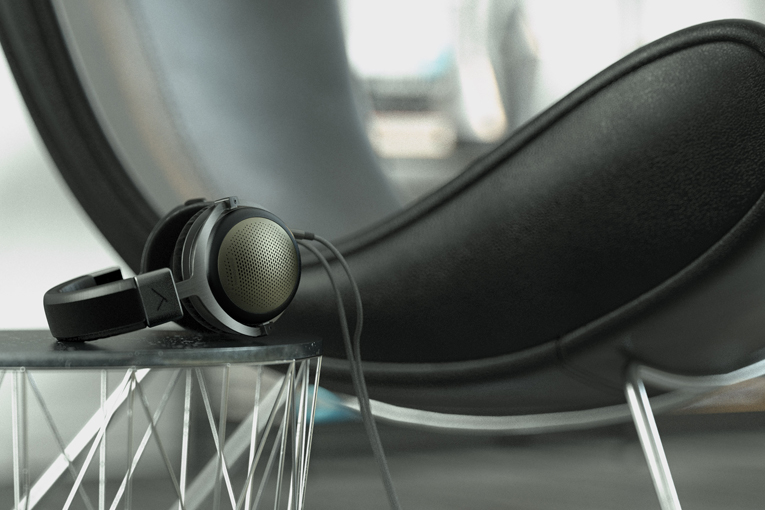
- Details
- Written by: Brent Butterworth
Sound: 









Value: 









(Read about our ratings)
Measurements can be found by clicking this link.
A few months ago, Beyerdynamic released third-generation models of its classic T-series headphones: the open-back T1 and the closed-back T5 (both $999 USD). I literally flipped a coin to decide which to review first, and the T5s won. To say I was impressed with the T5s would be like saying François Moutin is a good bass player. (More about him later.) I used to dislike high-end, closed-back headphones in general because too many of them had a boomy resonance that muddied the bass, but I’m finding that some of the most recent ones to cross my test bench—such as the T5 and the Dan Clark Æon RT Closed headphones—have been fully up to the performance of comparable open-back models. So let’s see if the T1s meet the T5s’ high standard.
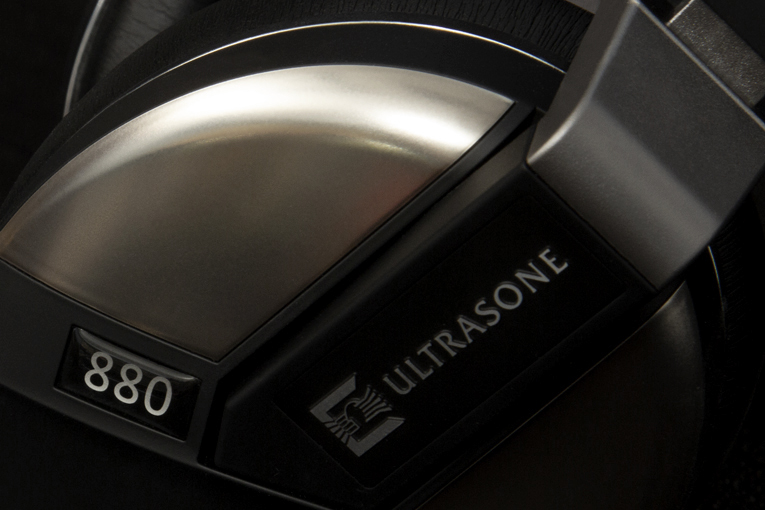
- Details
- Written by: Brent Butterworth
Sound: 









Value: 









(Read about our ratings)
Measurements can be found by clicking this link.
I bet most North American headphone enthusiasts would be shocked if they saw the Ultrasone booth at the High End show in Munich, Germany. Both times I’ve attended, Ultrasone had the biggest booth of any headphone manufacturer — yet while the brand is huge in Europe, it’s barely known in North America. So Ultrasone is usually off my radar, but when I saw the Performance 880 headphones ($499.99, all prices USD), and the snap-on Sirius Bluetooth adapter ($169.99), I immediately wanted to check them out. With headphone jacks rapidly vanishing from smartphones, the idea of an audiophile-grade headphone with Bluetooth capability is increasingly appealing.
Read more: Ultrasone Performance 880 Headphones and Sirius Bluetooth Adapter
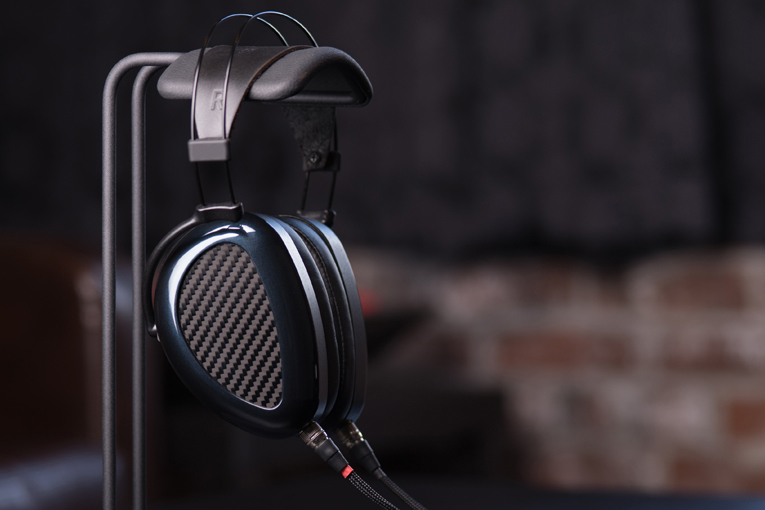
- Details
- Written by: Brent Butterworth
Sound: 









Value: 









(Read about our ratings)
Measurements can be found by clicking this link.
I found the Dan Clark Audio Æon Flow 2 Closed headphones pretty thrilling when I reviewed them earlier this year, and I thought they were a good deal at $899.99 (all prices USD). So imagine my surprise when the company came out with a new model only a few months later that looks the same but is priced at just $499.99: the Æon RT Closed. Clark took the original Æon (pre-Æon 2) open- and closed-back designs and retuned them for a different sonic vibe, thus saving a lot of money on R&D costs while reaching a different kind of listener. So this decision makes economic sense, but does it make musical sense? We’ll find out . . .
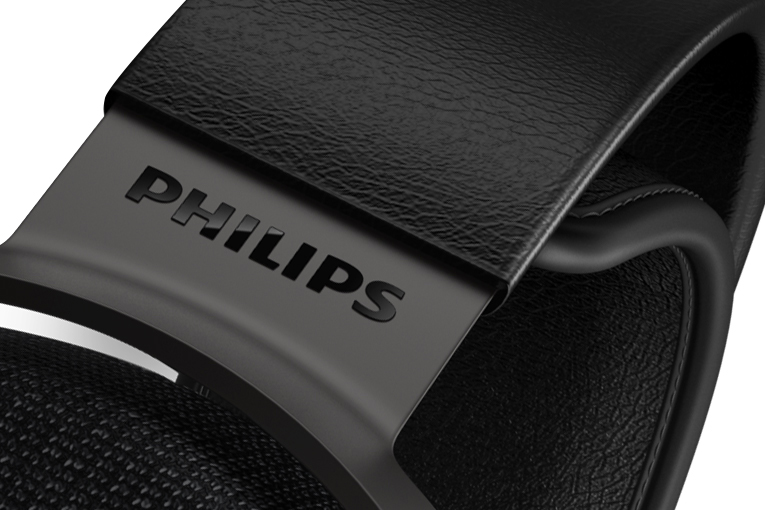
- Details
- Written by: Brent Butterworth
Sound: 









Value: 









(Read about our ratings)
Measurements can be found by clicking this link.
I got my first set of Philips headphones in 1998, I think -- compact, noise-canceling on-ears for which my dear departed friend Ken Furst had been the product manager. Although Philips wasn’t a big name in the headphone biz back then, the headphones sounded good and the noise-canceling worked reasonably well. Twenty-two years later, Philips still isn’t a big name in the headphone biz, at least in the US, and I sure don’t know why, because I’ve liked a lot of their headphones. So when I found out about the new Fidelio X3 headphones ($349.99 USD), I couldn’t resist giving them a spin.
- Beyerdynamic T5 (3rd Generation) Headphones
- HEDD Audio HEDDphone Headphones
- Beyerdynamic DT 770 Studio Headphones
- Focal Utopia Headphones
- AIAIAI TMA-2 HD Wireless Bluetooth Headphones
- HiFiMan Deva Bluetooth Headphones
- Atlantic Technology FS-HR280 Headphones
- Monoprice Monolith M1570 Headphones
- Dan Clark Audio Æon Flow 2 Closed Headphones
- Andover Audio PM-50 Headphones
- Marshall Monitor II A.N.C. Bluetooth Headphones
- Drop + THX Panda Bluetooth Headphones
- DALI IO-6 Bluetooth Noise-Canceling Headphones
- Monoprice Monolith M570 Headphones
- Audeze LCD-1 Headphones
- AKG K371 Headphones
- Beyerdynamic Lagoon ANC Bluetooth Headphones
- Zvox Audio AV50 Bluetooth Noise-Canceling Headphones
- HiFiMan Jade II Headphones and Amplifier
- MEE Audio Matrix Cinema ANC Bluetooth Headphones
- Status Audio BT One Bluetooth Headphones
- Meze Audio Empyrean Headphones
- Denon AH-D7200 Headphones
- Cleer Next Headphones
- Focal Stellia Headphones
- KLH Ultimate One Headphones
- Quad ERA-1 Headphones
- HiFiMan HE6se Headphones
- Fostex T60RP Headphones
- Audeze LCD2 Closed-Back Headphones
- Fostex TH909 Headphones
- Tribit Audio XFree Tune Bluetooth Headphones
- HiFiMan Ananda Headphones
- Focal Elegia Headphones
- Base Audio G12 Headphones
- Monoprice Monolith M650 Headphones
- NAD Viso HP70 Bluetooth Noise-Canceling Headphones
- Audio-Technica ATH-ANC700BT Bluetooth Noise-Canceling Headphones
- B&O Play Beoplay H9i Bluetooth Noise-Canceling Headphones
- Audio-Technica ATH-ADX5000 Headphones
- Marshall Mid A.N.C. Bluetooth Headphones
- Beyerdynamic Aventho Wireless Bluetooth Headphones
- PSB M4U 8 Bluetooth Noise-Canceling Headphones
- Bowers & Wilkins PX Bluetooth Noise-Canceling Headphones
- Klipsch Heritage HP-3 Headphones
- Focal Clear Headphones
- AKG N60 NC Wireless Bluetooth Noise-Canceling Headphones
- Acoustic Research AR-H1 Headphones
- Music Everywhere: Audio-Technica ATH-DSR9BT Bluetooth Headphones
- Sony WH-1000XM2 Wireless Noise-Canceling Headphones
- Sennheiser HD 4.50 BTNC Headphones
- Music Everywhere: Audio-Technica ATH-SR6BTBK Bluetooth Headphones
- JBL E55BT Quincy Edition Headphones
- Music Everywhere: JBL Everest Elite 750NC Wireless Headphones
- Tidal Force Wave 5 Headphones
- Monoprice M1060 Headphones
- HiFiMan Susvara Headphones
- Audio-Technica ATH-DSR7BT Bluetooth Headphones
- Libratone Q Adapt On-Ear Headphones
- Music Everywhere: Koss BT539ik Bluetooth Headphones
- Bowers & Wilkins P9 Signature Headphones
- Blue Ella Headphones
- Beyerdynamic Amiron Home Headphones
- Music Everywhere: Altec Lansing MZX300 Bluetooth Headphones
- Music Everywhere: Koss UR42i Headphones
- HiFiMan HE1000 V2 Headphones
- Final Sonorous III Headphones
- Beyerdynamic T 5 p Headphones
- Audeze Sine Headphones
- Sennheiser HD 630VB Headphones
- Music Everywhere: Audio-Technica ATH-SR5BT Bluetooth Headphones
- AKG N60 NC Headphones
- Music Everywhere: Sennheiser Momentum Wireless Bluetooth Headphones
- Sennheiser HD 800 S Headphones
- Music Everywhere: Audio-Technica ATH-WS99BT Solid Bass Bluetooth Headphones
- RBH Sound HP-2 Headphones
- Pryma 0|1 Headphones
- HiFiMan Edition X Headphones
- JBL Everest Elite 700 Headphones
- Music Everywhere: Audio-Technica ATH-S700BT SonicFuel Bluetooth Headphones
- Definitive Technology Symphony 1 Headphones
- NAD Viso HP30 Headphones
- HiFiMan HE1000 Headphones
- Music Everywhere: Outdoor Tech. Tuis Bluetooth Headphones
- AudioQuest NightHawk Headphones
- Music Everywhere: Koss BT540i Bluetooth Headphones
- Bowers & Wilkins P5 Series 2 Headphones
- Music Everywhere: Audio-Technica ATH-MSR7 Headphones
- Oppo Digital PM-3 Headphones
- Torque Audio t402v Headphones
- Music Everywhere: Polk Audio Hinge Wireless Bluetooth Headphones
- Music Everywhere: Monoprice 10585 Bluetooth Headphones
- Oppo Digital PM-2 Headphones
- Music Everywhere: Jam Transit Bluetooth Headphones
SoundStage! Solo is part of
All contents available on this website are copyrighted by SoundStage!® and Schneider Publishing Inc., unless otherwise noted. All rights reserved.
This site was designed by Karen Fanas and the SoundStage! team.
To contact us, please e-mail info@soundstagenetwork.com
Having an account with us and logging in allows you to participate in our comments sections at the bottom of each article and review. It costs you nothing. The reason we want you to have this account is simply because we don't want some anonymous yahoos posting nonsense and messing meaningful conversations up. Having an identity usually brings rationality and civility. Thank you!







